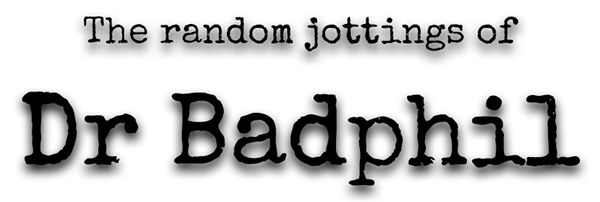
Blues singer and musician, Greg Brice, was up from the Cotswolds to Norfolk for a gig, and while he was here we headed over to the workshop of Luke Chapman (woodcarver and a blues musician too) to record and film a couple of songs. Greg is an up-and-coming musician, which is reflected in his three nominations in the 2023 UK Blues Awards: he was a finalist in the ‘Emerging Act of the Year’ category. The workshop, which was formerly a farm dairy, is decidedly not a music studio, but with a recent album out that wasn’t the aim. Rather we wanted to capture a couple of live acoustic recordings on location. As sharp-eyed readers of this blog may have noticed, the workshop is somewhere I have used before for recording, sometimes for mic tests and sometimes for more full-fledged recordings. In fact, Luke and I are thinking of getting many more musicians to record there in a kind of down-home NPR Tiny Desk Concert meets Gems on VHS series, but with extra sawdust on the side. So Greg was the first, and hopefully not the last, of the new ‘Milk, Wood and Dust’ sessions.

The usual problem when recording a singing guitarist is to get good separation between the instrument and the vocals (to allow different tweaking of levels and other processing later), without resorting to recording them separately: overdubbing often results in a less than fluid performance. When I recorded singer-songwriter Lucy Grubb in the workshop last year, I went for a variation on double mid-side recording, with two mid mics facing forward: one upward to her mouth and one downward to her guitar, with the nulls of the mic polar patterns reducing spill effectively. It is a simple set up that also has the merit of being less visually intrusive than an LDC right in the singer’s face. There is a Sound on Sound article by Hugh Robjohns from a few years ago that discusses and illustrates the approach. It’s a bit of a clunky set up, however, and the stereo vocal seems a bit unnecessary (and potentially problematic as singers often move their heads about), so I have been thinking about another technique also making good use of the deep nulls of fig 8 mics, but aiming to get a stereo recording of the guitar and the voice in mono.
What I came up with as a solution was a Blumlein pair of fig 8 SDC mics (in this case the excellent new Sennheiser MKH 8030, which I have been testing in various blog posts: see here for part 1), combined with a super-cardioid for the vocals (I went with a Sennheiser MKH 8050). To keep it compact I placed the two fig 8s side-by-side instead of in the more usual end-to-end arrangement: now some theorists will break out in a cold sweat and say this isn’t Blumlein, but the reality is that, with capsules only at 23mm centres, the very slight non-coincidence has little impact (and, of course, is nothing compared to the spacing in near coincident pairs, such as the Gerzon array, ORTF and NOS). Equally, a bit of shadowing of the rear lobes is no big deal as they are only capturing a little uncorrelated reflected sound from distant walls. With the super-cardioid mic placed on top, the tight cluster (which I placed in a single shockmount: a Rycote InVision USM-L) was positioned around chest height and angled so this pointed upwards for vocals, with the Blumlein pair then angled down towards the guitar. This left the nulls of the fig 8s and the super-cardioid to do their work and minimize bleed from guitar to vocals and vice versa: and any bleed left was coincident and consequently sans phase issues. Now, it may well be that others have used this approach before, but I can’t find any reference to it: I wonder if this reflects that it is best suited to SDC mics and many will not have more than one SDC fig 8, if that.
I did a few tests beforehand and was happy with how the array sounded, so when Greg came over to the workshop I put it into action. Set up was easy, with the mics fairly close (the acoustic of the workshop is OK – and certainly without a ‘small room’ sound – but it isn’t the Wigmore Hall), but distant enough and off-axis so that no pop filter or foam was required for vocals, which would rather have worked against the minimalist approach. I was pleased with the results (and so was Greg), and see this as a discreet and quick to deploy array (I had the mics ready to roll in the shock-mount already), which will really suit more singer-songwriters down in the workshop or, indeed, similar recordings elsewhere on location. Have a listen and, if you think there is any merit and you have a pair of SDC fig 8s, perhaps give it a try.
